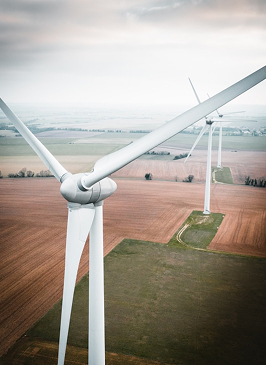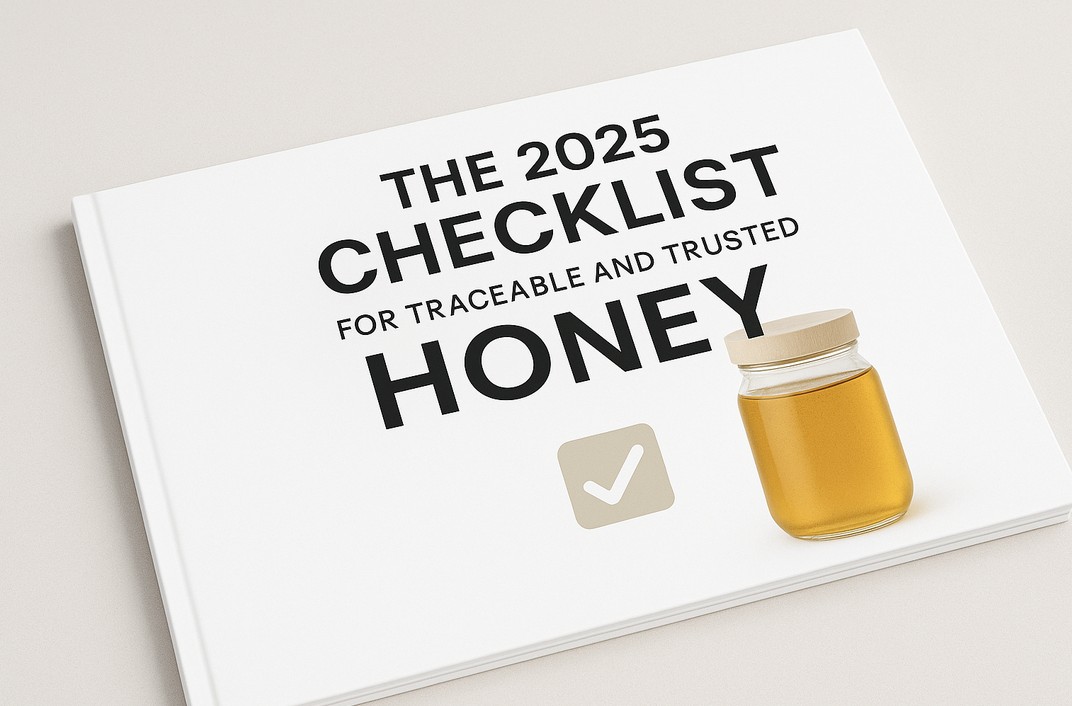A Closer Look
Renewable Energy Overview




Renewable Energies
What Renewable Energy Really Tells Us
Wind and solar power are the cornerstones of the global energy transition. Together, they account for more than 12% of global electricity generation and are growing faster than any other source (IEA, 2023). But behind the clean image of renewables lies a complex supply chain — one that spans continents and involves a host of social, environmental, and governance risks.
The Problem: Complexity, Sourcing Risk, and Greenwashing
Solar panels and wind turbines rely on global supply chains that involve:
Critical minerals (like lithium, cobalt, and rare earths)
High-carbon manufacturing processes
Opaque labor practices and environmental impacts in extraction zones
In particular, concerns have grown around:
Forced labor in solar panel supply chains
Illegal mining or deforestation tied to component materials
Inconsistent ESG standards across manufacturers and countries
As demand for renewables rises, so does scrutiny — and the pressure on developers, utilities, and investors to prove that their clean energy projects are truly sustainable.

The Cost: Reputational Exposure and Regulatory Risk
Without traceability:
Developers may face investor pushback over ESG inconsistencies
Utilities risk procurement bans on non-compliant panels or turbines
Brands face accusations of greenwashing if claims lack data to back them up
Governments are tightening rules too. The EU Supply Chain Due Diligence Directive, U.S. Uyghur Forced Labor Prevention Act, and new ESG reporting standards all demand evidence of responsible sourcing.

The Opportunity: Traceability for Truly Clean Energy
End-to-end traceability enables:
Verification of mineral origin and processing methods
Chain-of-custody tracking from mine to manufacturing to deployment
Transparency into labor conditions, emissions, and land use
As Lisa Jacobson, President of the Business Council for Sustainable Energy, said: “Clean energy isn’t just about where it ends up. It’s about where it begins.”

What We’re Doing About It
Palmyra works with energy companies, manufacturers, and certification bodies to build traceability solutions for solar and wind supply chains.
Our platform helps:
Track the origin of key components like polysilicon, rare earths, and aluminum
Record processing steps, transport routes, and carbon footprints
Generate verifiable ESG reports for buyers, auditors, and investors
This empowers clean energy providers to back their claims with real data — and build trust in every project.
“We’ve always talked about clean energy. Now we can prove it’s clean from the start.”
— Jorge Lima, Solar project lead, Brazil

Traceability Isn’t About Tech — It’s About Truth
Clean energy needs a clean supply chain. Traceability makes it possible.
The 2025 Checklist for Traceable and Trusted Cocoa


Daniel Friedman
Founder and CEO Palmyra®
From Olive Groves to Blockchain:
Greek Olive Oil Tokenization

Main Regions
Nigeria
Boki, Nigeria
Focus Areas
Traceability
Tokenization
Solutions
Palmyra Pro
Palmyra App
MOUs Signed
Municipality of Rhodes
Municipality of Messini